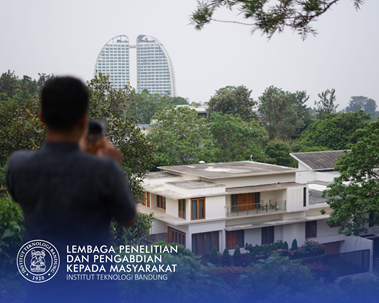

Budi Hasiholan
The construction sector is one of the economic sectors that is very important for the growth of Indonesia. Therefore, the government, in the past 5 years and upcoming, accelerated the development of public infrastructure to become an enabler in the release of the economy to increase competitiveness and of course increasing community welfare. The acceleration was a challenge for Indonesia and ITB as one of the universities in Indonesia, responding to the challenges of national needs in very rapid expansion in infrastructure development through the Center for Infrastructure and Built Environment (CIBE) where the gathered of various expertise groups needed in infrastructure development. In the research and service guidelines to the community (XII edition) published by the Directorate of Research and Community Service, Kemenristekdikti, it was stated that universities were obliged to organize research and service to the public besides implementing education. However, research and service to the community are often constrained by the absence of communication facilities between universities and the community. It was also experienced by Cibe as part of ITB as a college, in the acceleration of the development of public infrastructure. The absence of communication facilities can have an impact on the completion of the comprehensive problem related to the construction in the community and cannot be applied and the development of science and technology in the collection of the expertise group in Cibe. This activity aims to develop a dedicated information system to serve the needs of the community in consultation of construction problems with a collection of expertise groups incorporated in Cibe, ITB, which are built with analogi health clinic service information system involving patients and doctors or medical power. The methodology of this activity includes: (1) identification of online consulting service portals, (2) benchmarking, (3) Identification of data needs and structures from the Construction Consultation Service Information System (Clinic); (4) Identification of data needs from the potential system structure of information systems; (5) Information System Development, (6) Evaluation and Improvement of Information Systems.
Application of appropriate technology, the application of writing
Research and service to the community is often constrained by the absence of communication facilities between universities and the community.